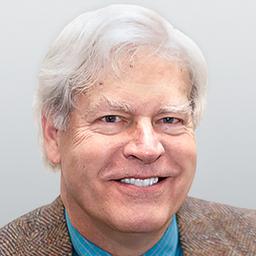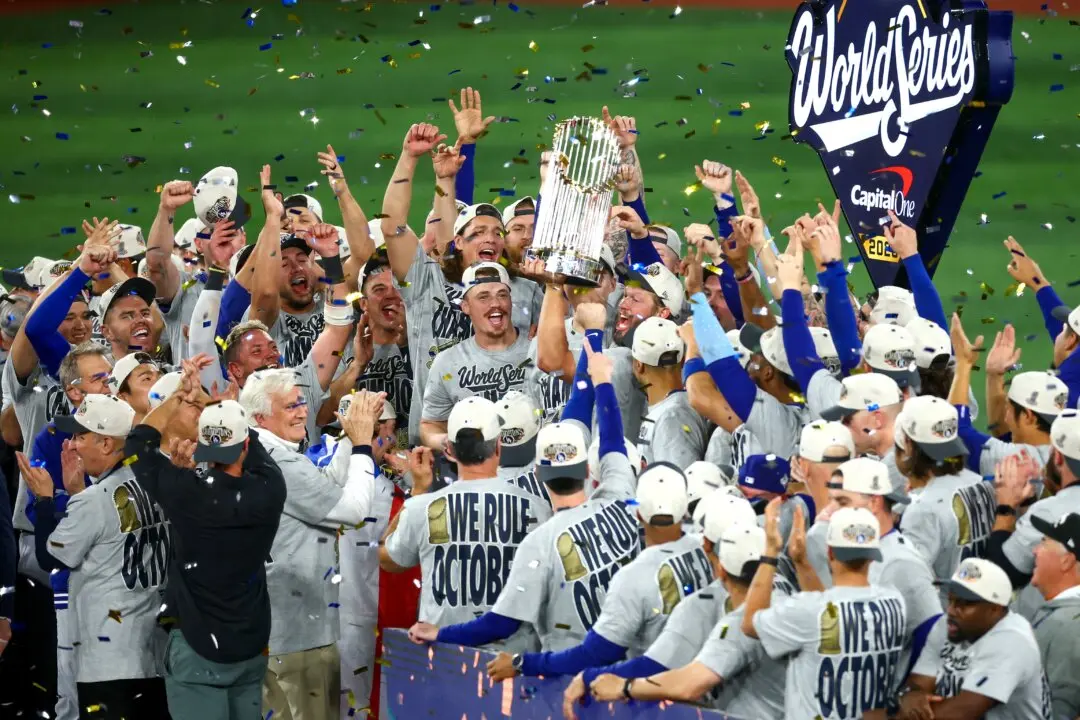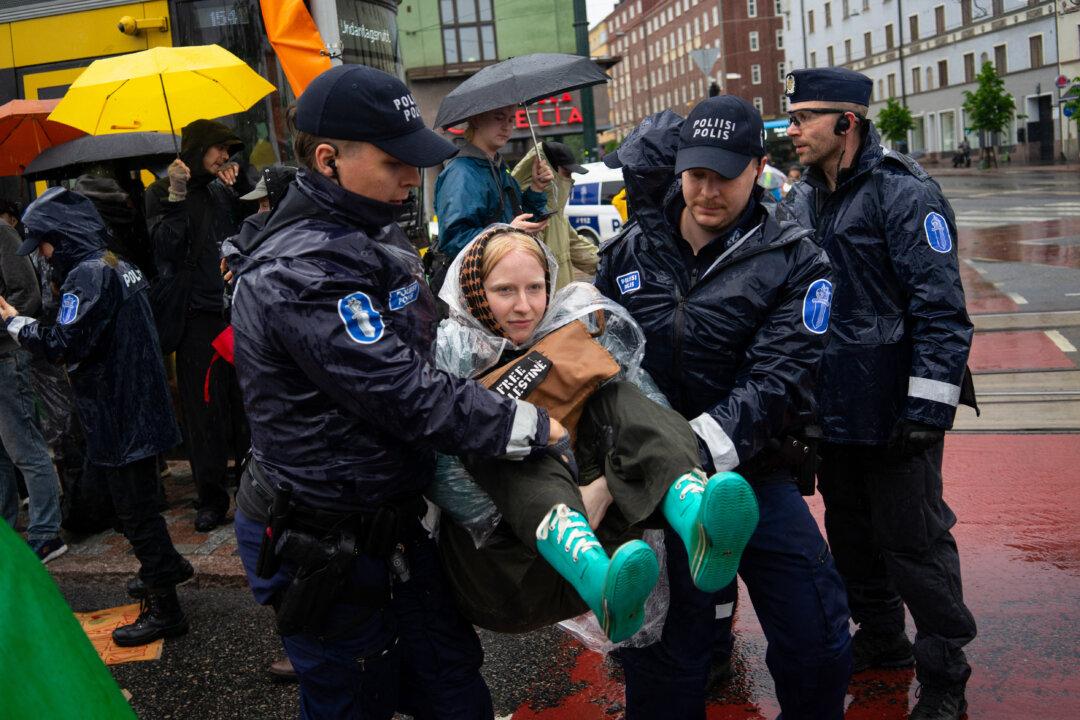Commentary
Generations of young Americans have read Jack London’s evocative 1903 novel “The Call of the Wild” (TCOTW)—the saga of Buck, a large, powerful dog whose life journey starts on a sun-kissed Santa Clara estate, moves to the harsh Yukon when he is kidnapped to work as a sled dog, and ends when he finally abandons human society completely and blends back into the wilderness from which his undomesticated ancestors came.





